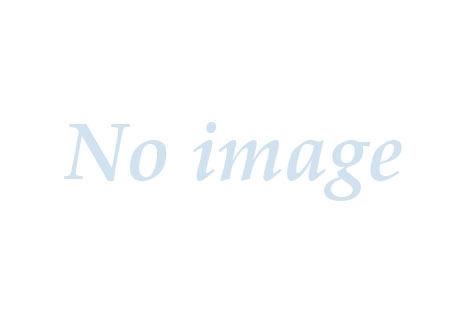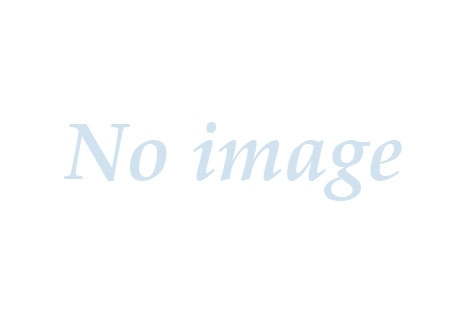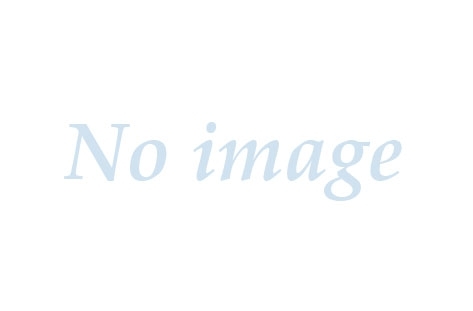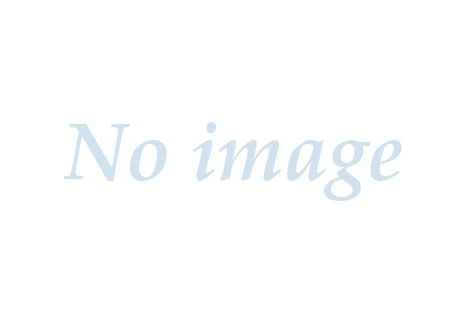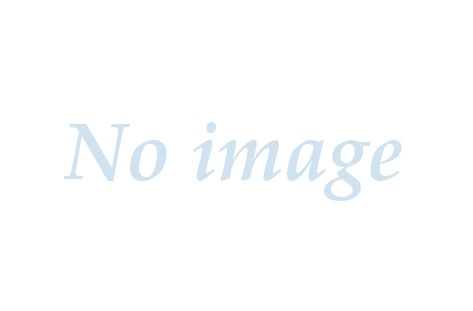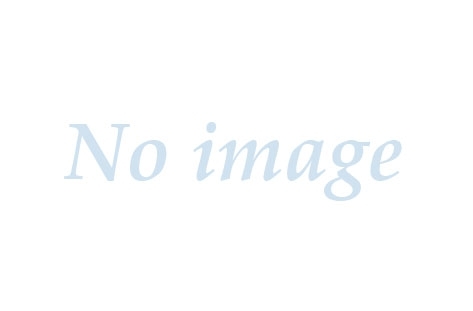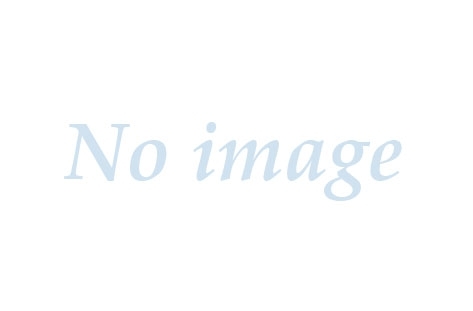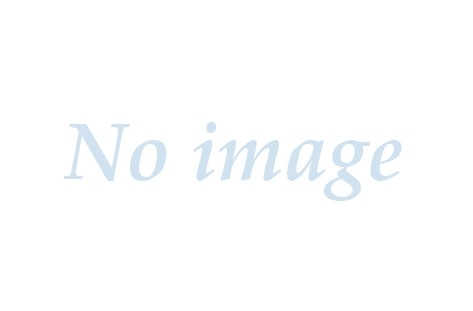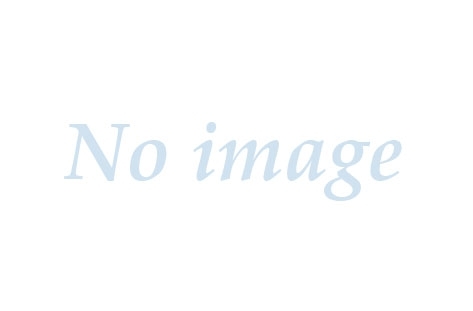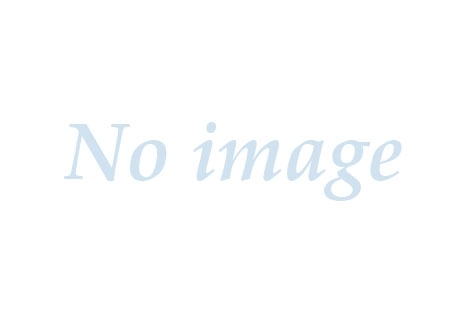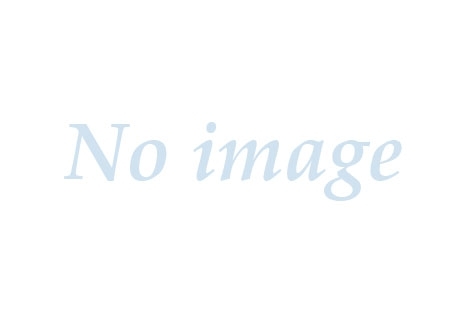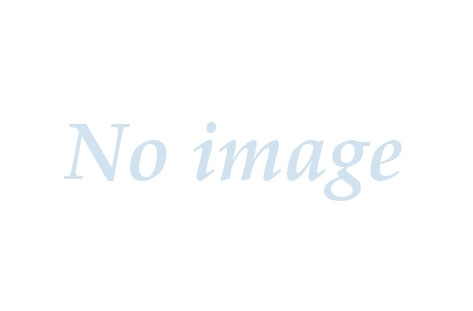Всичко от varnautre:
The improved Installer can be found under the Extensions Menu. With versions prior to Joomla! 1.5 you needed to select a specific Extension type when you wanted to install it and use the Installer associated with it, with Joomla! 1.5 you just select the Extension you want to upload, and click on install. The Installer will do all the hard work for you.
Архив Варна | 10-10-2006, 23:16 | varnautre
You indeed can change the Menu Item's Type to whatever you want, even after they have been created.
If, for instance, you want to change the Blog Section of a Menu link, go to the Control Panel->Menus Menu->[menuname]->Menu Item Manager and edit the Menu Item. Select the Change Type button and choose the new style of Menu Item Type from the available list. Thereafter, alter the Details and Parameters to reconfigure the display for the new selection as you require it.
Архив Варна | 10-10-2006, 23:15 | varnautre
In Joomla! versions prior to 1.5 there were separate processes for creating a Static Content Item and normal Content Items. The processes have been combined now and whilst both content types are still around they are renamed as Articles for Content Items and Uncategorized Articles for Static Content Items.
If you want to create a static item, create a new Article in the same way as for standard content and rather than relating this to a particular Section and Category just select Uncategorized as the option in the Section and Category drop down lists.
Архив Варна | 10-10-2006, 23:13 | varnautre
No you don't. Versions of MySQL lower than 4.1 do not have built in UTF-8 support. However, Joomla! 1.5 has made provisions for backward compatibility and is able to use UTF-8 on older databases. Let the installer take care of all the settings and there is no need to make any changes to the database (charset, collation, or any other).
Архив Варна | 07-10-2006, 09:30 | varnautre
The FTP Layer allows file operations (such as installing Extensions or updating the main configuration file) without having to make all the folders and files writable. This has been an issue on Linux and other Unix based platforms in respect of file permissions. This makes the site admin's life a lot easier and increases security of the site.
You can check the write status of relevent folders by going to ''Help->System Info" and then in the sub-menu to "Directory Permissions". With the FTP Layer enabled even if all directories are red, Joomla! will operate smoothly.
NOTE: the FTP layer is not required on a Windows host/server.
Архив Варна | 06-10-2006, 21:27 | varnautre
This is now implemented by inserting a Read more... tag (the button is located below the editor area) a dotted line appears in the edited text showing the split location for the Read more.... A new Plugin takes care of the rest.
It is worth mentioning that this does not have a negative effect on migrated data from older sites. The new implementation is fully backward compatible.
Архив Варна | 06-10-2006, 19:29 | varnautre
Yes it can! This is a significant security improvement.
The safe mode limits PHP to be able to perfom actions only on files/folders who's owner is the same as PHP is currently using (this is usually 'apache'). As files normally are created either by the Joomla! application or by FTP access, the combination of PHP file actions and the FTP Layer allows Joomla! to operate in PHP Safe Mode.
Архив Варна | 06-10-2006, 19:28 | varnautre
This is now defined in the Language [lang].xml file in the Language metadata settings. If you are having locale problems such as dates do not appear in your language for example, you might want to check/edit the entries in the locale tag. Note that multiple locale strings can be set and the host will usually accept the first one recognised.
Архив Варна | 06-10-2006, 16:47 | varnautre
Well... how about never needing to mess with encoding settings again?
Ever needed to display several languages on one page or site and something always came up in Giberish?
With utf-8 (a variant of Unicode) glyphs (character forms) of basically all languages can be displayed with one single encoding setting.
Архив Варна | 05-10-2006, 01:11 | varnautre
Joomla! 1.5 does not provide an upgrade path from earlier versions. Converting an older site to a Joomla! 1.5 site requires creation of a new empty site using Joomla! 1.5 and then populating the new site with the content from the old site. This migration of content is not a one-to-one process and involves conversions and modifications to the content dump.
There are two ways to perform the migration:
An automated method of migration has been provided which uses a migrator Component to create the mi...
Архив Варна | 30-09-2006, 20:27 | varnautre
Joomla! makes it easy to launch a Web site of any kind. Whether you want a brochure site or you are building a large online community, Joomla! allows you to deploy a new site in minutes and add extra functionality as you need it. The hundreds of available Extensions will help to expand your site and allow you to deliver new services that extend your reach into the Internet.
Архив Варна | 10-08-2004, 06:30 | varnautre
With a library of hundreds of free Extensions, you can add what you need as your site grows. Don't wait, look through the Joomla! Extensions library today.
Архив Варна | 10-08-2004, 06:30 | varnautre
The one thing about a Web site, it always changes! Joomla! makes it easy to add Articles, content, images, videos, and more. Site administrators can edit and manage content 'in-context' by clicking the 'Edit' link. Webmasters can also edit content through a graphical Control Panel that gives you complete control over your site.
Архив Варна | 09-08-2004, 22:30 | varnautre
To ensure this code release, Wilco Jansen resorted to sending rum to joint lead-developer Johan Janssens. Johan, who's had a penchant for rum ever since the first "Pirate's of the Caribbean" movie screened, took the bait, mixed it with Cola, and here we are with our latest 1.5 release. It looks like pirate talk will figure quite a lot in future Joomla! development!
Translation for you real pirates: First Mate Wilco resorted t' sendin' rum t' joint Capt'n Johan. Johan...
Архив Варна | 07-07-2004, 12:00 | varnautre
The Joomla! Core Team consists of volunteer developers, designers, administrators and managers who, together with a large range of Work Groups of dedicated community members have taken Joomla! to new heights in its relatively short life. This well-oiled machine is often copied but never surpassed. Joomla! has some wonderfully talented people taking Open Source concepts to the forefront of industry standards. Joomla! 1.5 is a major leap forward and represents the most exciting Joomla! release in the history of the project.
The project has a nice balance of legacy development from well-known coders such as Andrew Eddie (who p...
Архив Варна | 07-07-2004, 09:54 | varnautre

